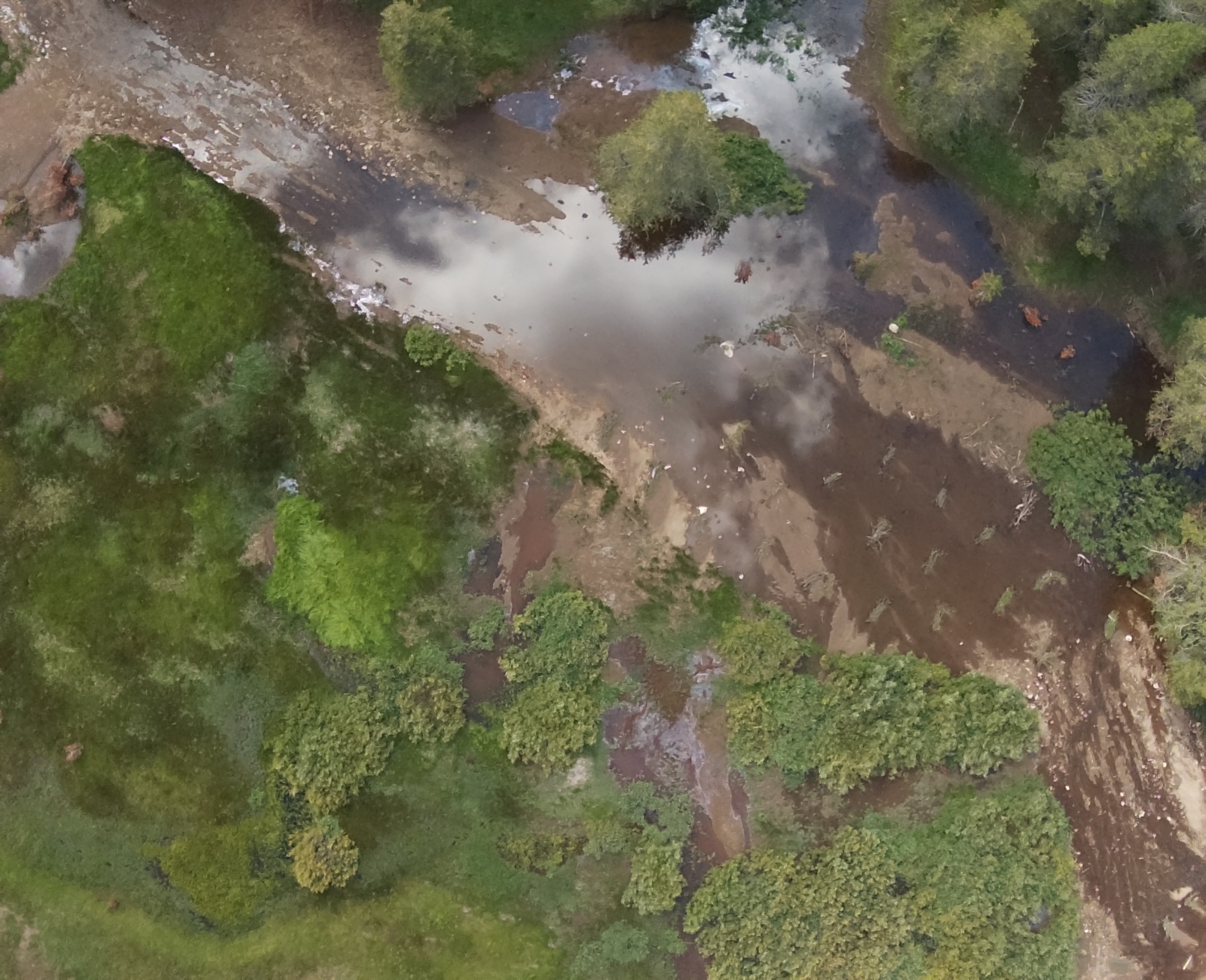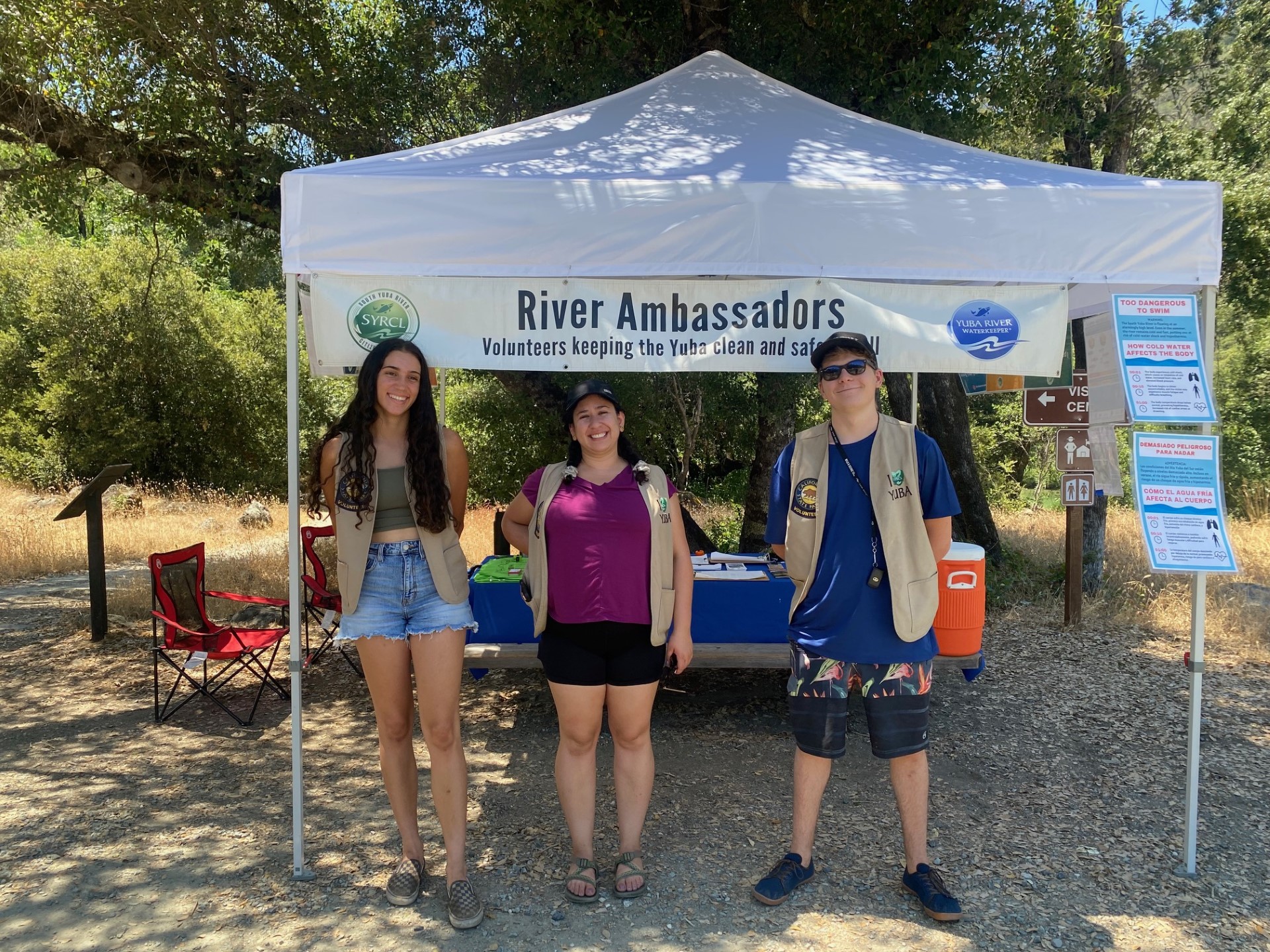Salmon Return Numbers So Far: Are They Encouraging?
Through SYRCL’s participation in the River Management Team (RMT), we get monthly updates on the number of Chinook and steelhead utilizing the fish ladders at Daguerre Point Dam. The latest numbers are in and, at this moment in time, salmon are off to a slow start working their way up the Yuba River.
The slower start to salmon returns this year compared to previous years isn’t necessarily a cause for concern. During winters with lots of water, salmon tend to spend more time in the Delta and lower in the river system before they start the migration to their historic spawning reaches.

What Is The RMT?
The RMT is a group of agency and non-profit representatives that work together to better understand and promote research on the Lower Yuba River. Members of the RMT include Yuba Water Agency, US Fish and Wildlife Service, State Water Resources Control Board, Dept of Water Resources, Pacific States Marine Fisheries Commission, CA Dept Fish and Wildlife, National Marine Fisheries Service, HDR (an engineering firm), and the US Army Corps of Engineers. The RMT helps fund restoration, monitoring, and make science-informed decisions for the Lower Yuba River.
The RMT funds Pacific States Marine Fisheries Commission to provide the fish count updates. They do so through the use of VAKI River Watcher camera systems. These cameras are located in the fish ladders at Daguerre Point Dam and they take a picture of each fish (or otter) that swims past them. Specialized software then identifies what species the fish is. This process gives us a count, reported monthly during the RMT meeting, of the number and species of fish traveling up the Yuba.

Taking A Look At The Numbers
Some interesting counts in the latest numbers are the number of lamprey and Sacramento suckers going up the fish ladders. Already eight lampreys have been counted; this is the first time lamprey have been recorded passing the ladders at all since SYRCL has been participating in the RMT, which is pretty cool. A total of 817 Sacramento suckers have been counted in the last seven months, compared to 289 total for the last 12-month period recorded.
Also this September, 17 otters were counted compared to four last September.
In the BenthiCam Survey, another monitoring effort supported by the RMT, Chinook salmon and Green Sturgeon were also seen in the plunge pool below Daguerre. Green sturgeon were first documented spawning below DPD by CDFW biologists in 2018.

It is still early in the Chinook run this year, so total numbers are hard to predict for the year. The large jump in salmon in September according to the VAKI River Watcher cameras is encouraging, though. This return is still of fish born in the drought and low water years of 2019/2020, so numbers may not be that great in total. The fact that there was no commercial or recreational take of these fish this year may have had some potential positive impact on their numbers. As well, it’s entirely possible that some of these adults are from the first “class” of juveniles raised on the Hallwood restoration project.
Did you enjoy this post?
Get new SYRCL articles delivered to your inbox by subscribing to our ENews.





Very cool project – where does the RMT data live and can it be made open data? Also, who from the State Water Resources Control Board is on the team? I am interested in learning more about the data and methods (machine learning for the cam images, etc.). Thanks, Greg
Hey Greg — We’ve pushed hard, and continue to push hard, to make all RMT data public. If there’s something specific you’re interested in, please email me at delkin@yubariver.org. Thanks!
Great info about salmon data on the Yuba. It would be so helpful, educationally, to be able to share at the very least the monthly data from RMT, as well as yearly background data for comparison, with schools, teachers, and public groups before and after their SYRCL Salmon Float field trips. Connecting students with data is a key component of the national NGSS science standards. For the RMT group (or for that matter SYRCL) to not integrate this data into the yearly field study experience for schools on the Yuba is a real missed opportunity. If there is some way I can help “push” for better integration of this data, please let me know. I have long wanted these numbers to be available to schools in an easily accessible way that gives more context to their field trip experience. Thanks Daniel. – Gary, River Ed Committee